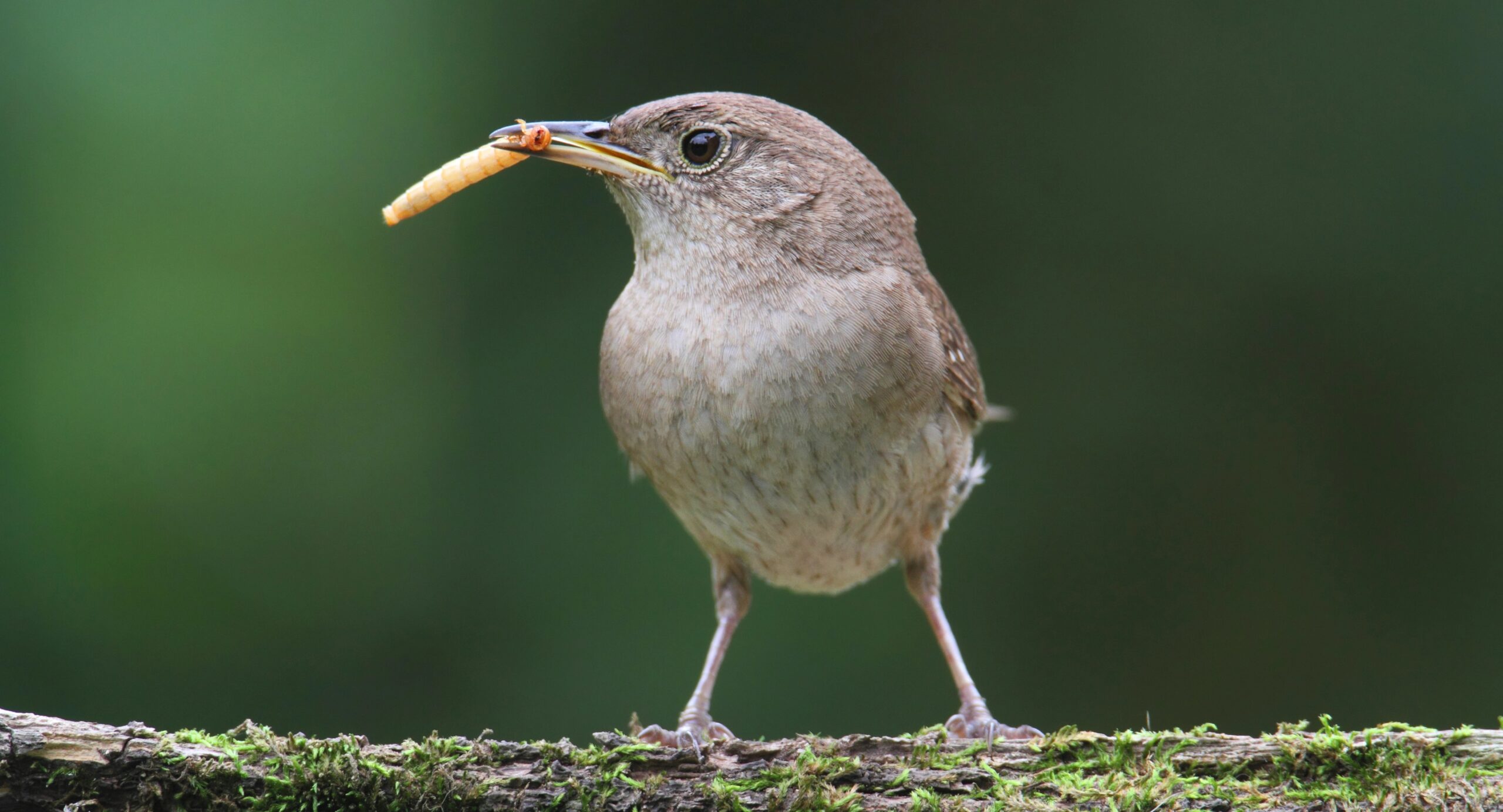
For some gardeners’ birds are sometimes thought of as a pest or a nuisance. Whilst it is true that hungry birds can nibble fruits, ravage crops, damage lawns and dig up seeds before they sprout, birds can actually benefit your garden much more than they might harm. Here we look at how birds can help improve the garden and things you can do to encourage them into your outside spaces.
PEST CONTROL
Many birds eat a range of insects, including, aphids, slugs, caterpillars, grubs and larvae, spiders, earwigs and gnats. By welcoming bug-munching birds into the garden, you won’t need toxic or harmful chemical control methods to keep insects from devastating your flowers, foliage, and crops. Robins, Jays, Tits, Finches, Blackbirds, Sparrows and many other birds can easily provide natural pest control.
WEED CONTROL
We all have plants we don’t want in the garden; however, you don’t need to spend hours weeding or use harsh herbicides. Seed-eating birds can keep some weeds at bay with their voracious appetites. Finches, Sparrows, and Doves all eat a wide range of seeds and will help to some degree to keep weed growth minimised as they feed on natural seeds in the garden. Not only will they pick seeds right off the plants, but they will also munch on fallen seeds as well.
AERATION
Aerated soil provides plant roots better access to air and water, reduces soil compaction, and fosters more vigorous root growth. This will in turn produce stronger, healthier and larger plants. Birds that peck into the ground or scratch around to find insects not only help control bug populations, but also help aerate the soil at the same time. Starlings, Jays, Robins, and Sparrows are all expert aerators that any gardener should welcome.
FERTILISATION
Fertilising the garden adds essential nutrients to the soil, this in turn provides plants with proper nourishment, birds provide natural fertilization with their feces. Bird waste is highly rich in nitrogen and phosphorus, key nutrients for healthy plants. While a few common garden birds will in no way provide enough fertilisation for an entire garden, every little dropping they leave behind will be put to use by hungry plants.
RELAXATION
Let’s not forget that the greatest benefit of birds in your garden is that it is a wonderful way to connect with nature and these beautiful little creatures can bring hours of calming joy by just watching them do their thing.
Attracting Birds to the garden
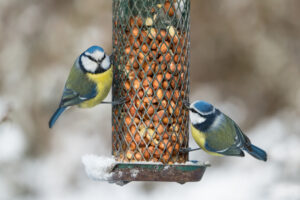
There are many ways we can help attract birds to the garden that will allow you to reap the benefits, putting up nesting boxes, hanging out feeders or installing a bird table to feed all year round, providing water for drinking and bathing, leaving seedheads for as long as possible and planting berrying bushes.
Plants for encouraging birds
There are many garden plants that provide food for birds in the form of berries or seeds, we have provided a selection below and highlighted just a handful for consideration:
- Alnus glutinosa (alder)
- Berberis
- Betula pendula (birch)
- Cotoneaster
- Crataegus (thorns)
- Hedera helix (ivy)
- Ligustrum ovalifolium (privet)
- Lonicera (honeysuckle)
- Mahonia (Oregon grape)
- Prunus avium, P. cerasus (single-flowered cherries)
- Pyracantha (firethorn)
- Sorbus (mountain ash and whitebeams)
- Rosa canina, R. rubiginosa (wild roses)
- Rubus fruticosus (blackberry)
- Sambucus nigra (elderberry)
- Sorbus aucuparia (mountain ash)
- Sorbus aria (whitebeam)
- Taxus baccata (yew)
- Viburnum opulus (guelder rose)
- Viburnum lantana (wayfaring tree)
Our Top choices:
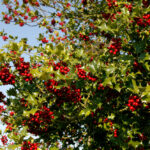
Ilex aquifolium (holly)
A Hardy evergreen native plant. Provides a dense protective habit for hedgehogs and nesting birds. The leaves are a valuable food source for the caterpillar of the Holly Blue Butterfly. The berries last into the early spring giving birds regular opportunities to feed throughout the winter.
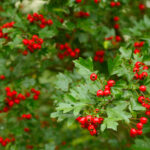
Crataegus monogyna (hawthorn)
Native hedgerow plant provides a corridor for wildlife and protected nesting opportunities for birds. Valuable winter shelter for livestock. The haws provide a useful food source for birds into early winter.
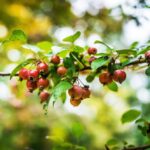
Malus (single-flowered eating and crab apples)
A native tree and hedgerow tree. Spring flowers attract pollinators. Late summer/autumn fruits are a valuable fruit source for birds. Predatory wasps other grubs are attracted to the fruit, which in turn provide an additional food source for birds.
